Norman Foster has shaped contemporary architecture through technical innovation and design clarity. His buildings feature extensive glass facades, exposed steel structures and energy systems. The Reichstag dome in Berlin with its spiral ramp and the circular Apple Park in Cupertino demonstrate his approach to combining function with geometric form. In London, Foster created several landmarks that define the city's modern skyline. The tower at 30 St Mary Axe, known as the "Gherkin" for its distinctive shape, rises above the financial district. The Millennium Bridge connects the Tate Modern to St Paul's Cathedral as a slender pedestrian crossing. His portfolio includes airport terminals, office towers and cultural buildings across multiple countries, documenting his influence on international construction.

London, United Kingdom
30 St Mary Axe is a 180-meter office tower located in London's financial district. Designed by Norman Foster and completed in 2003, the building features a rounded form with a green glass facade. The structure tapers toward the top and contains 41 floors of office space. The building incorporates an energy-efficient ventilation system and natural lighting solutions. Its diagonal grid structure on the exterior allows maximum daylight penetration into the interior spaces.
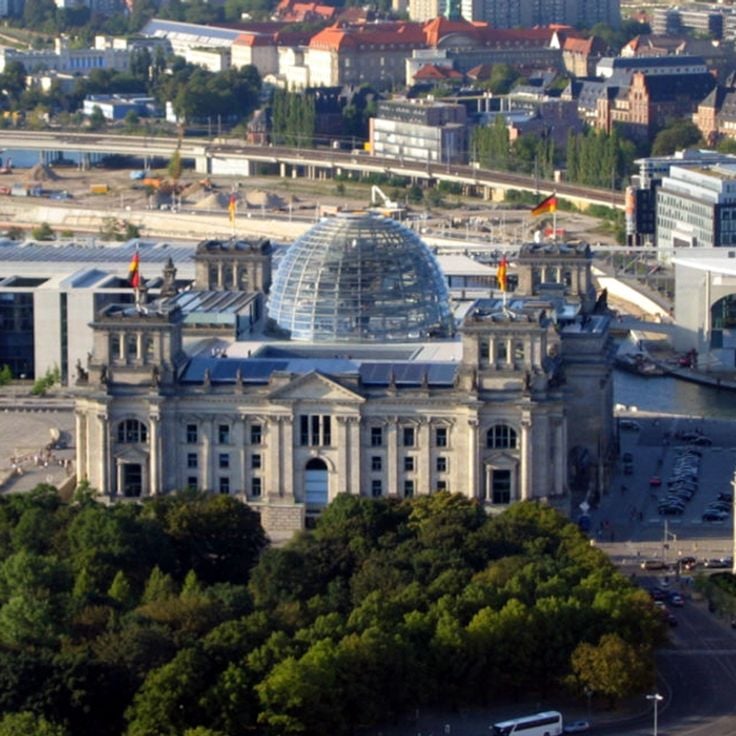
Berlin, Germany
The Reichstag Dome was designed by Norman Foster and completed in 1999. This glass construction features a transparent cupola with two spiral ramps that wind around a central mirrored cone. Visitors can walk up the ramps while looking down through the glass floor directly into the plenary chamber of the German Bundestag. The dome simultaneously serves as a functional element of the building's infrastructure, providing natural ventilation and lighting for the parliamentary building.
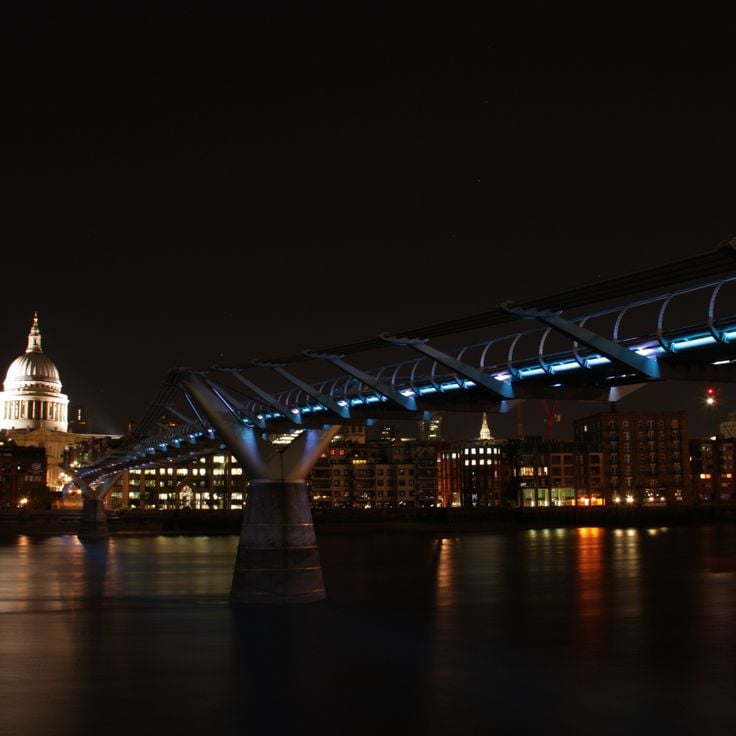
London, United Kingdom
The Millennium Bridge is a 325-meter steel pedestrian bridge that connects Tate Modern on the south bank of the Thames with St. Paul's Cathedral on the north bank. Designed by Norman Foster, this bridge opened in 2000 and features a flat construction with minimalist aesthetics. The Millennium Bridge provides direct access between two major cultural institutions in London and offers pedestrians unobstructed views of the river and surrounding cityscape.

London, United Kingdom
The Great Court of the British Museum spans 6000 square meters and is covered by a roof structure of geometric glass panels designed by Norman Foster. At the center of this space stands the cylindrical Reading Room, originally used as a library. The glass construction comprises more than 3000 individual panes, no two of which are identical. The Great Court serves as the central distribution space for the museum's various galleries and provides visitors with access to exhibition rooms, cafés, and the museum shop.
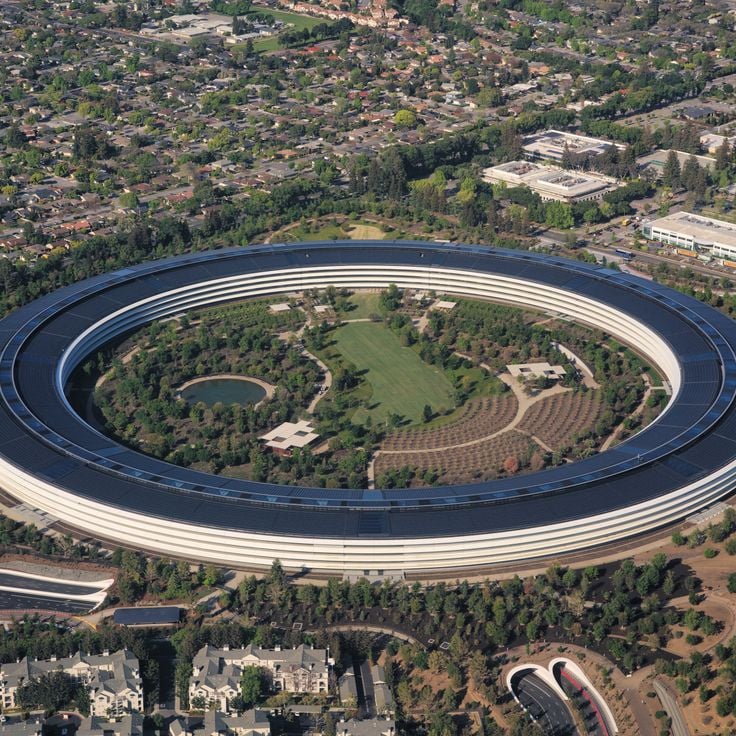
Cupertino, United States
Apple Park serves as the headquarters of Apple Inc. in Cupertino, California. Completed in 2017, this Norman Foster designed complex features a circular building with a diameter of 461 meters. The structure provides workspace for 12000 employees and is surrounded by green spaces, orchards, and a visitor center. The campus operates on renewable energy and includes one of the largest solar roof installations in North America.
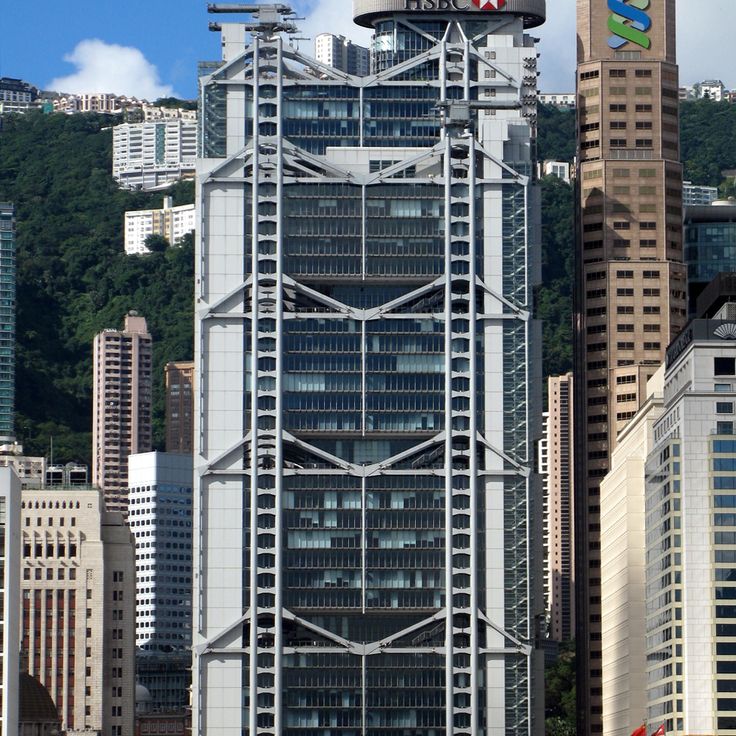
Hong Kong, China
The HSBC Main Building was completed in 1985 and represents one of Norman Foster's major works. The 179-meter skyscraper features an exposed steel structure and modular construction system. The design consists of eight steel towers divided into three vertical modules that support the building's load. The facade eliminates load-bearing internal walls, creating flexible floor plans. At ground level, a public plaza extends underneath the building.

New York City, United States
The Hearst Tower rises 182 meters above Midtown Manhattan, combining the preserved 1920s stone facade with a modern glass tower. The 2006 construction employs a triangular steel frame system known as a diagrid, which requires approximately 20 percent less steel than conventional skyscrapers. The building serves as headquarters for Hearst Corporation and was the first office tower in New York to receive LEED Gold certification.
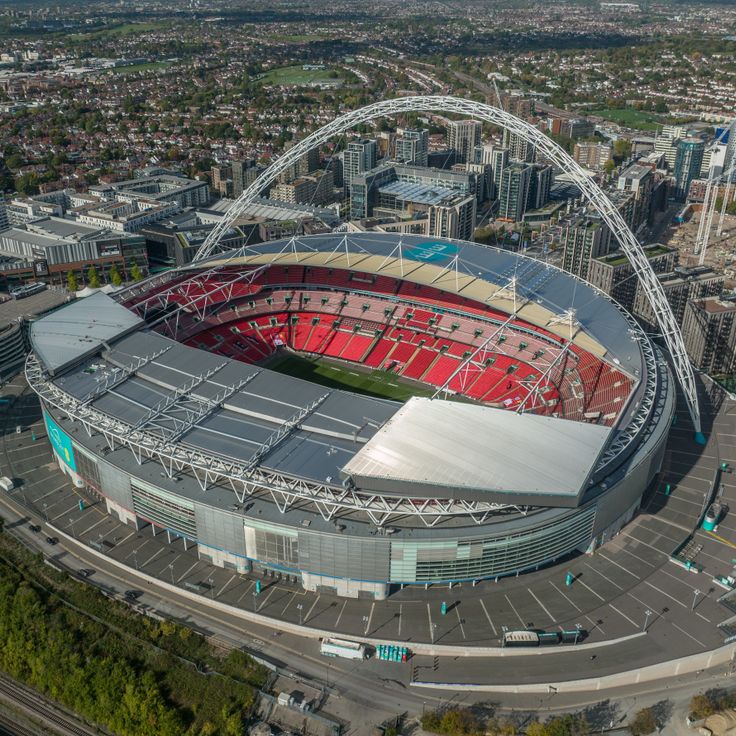
London, United Kingdom
Wembley Stadium opened in 2007 as England's national football venue. This facility provides 90,000 seats and features a 133-meter high steel arch that spans across the structure. Designed by Norman Foster, the stadium serves as the home ground for England's national football team, hosts FA Cup finals, and accommodates large-scale concerts and sporting events.
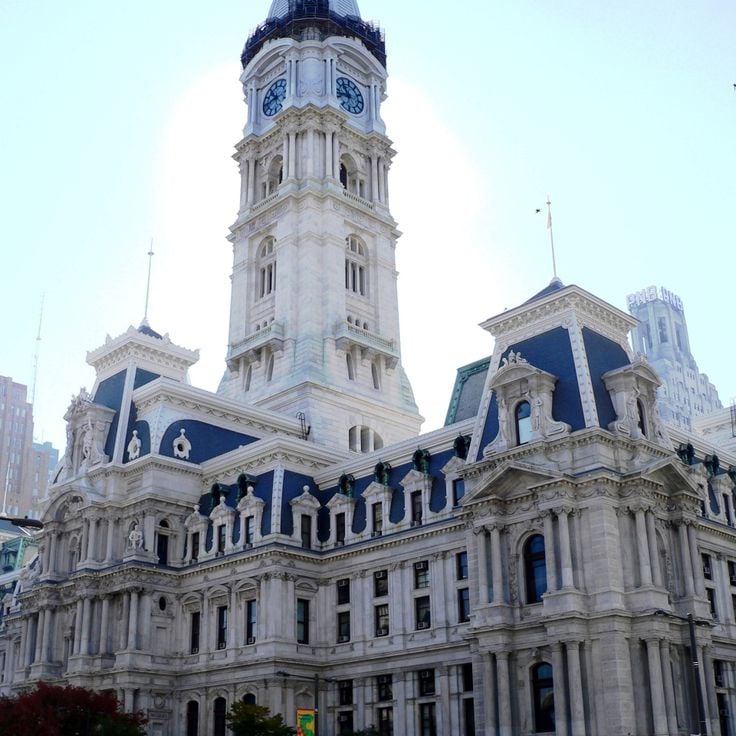
London, United Kingdom
The City Hall is a glass building with an asymmetrical form located on the south bank of the Thames. The curved structure was designed by Norman Foster and completed in 2002. The building houses the administration of Greater London, including the office of the Mayor and the London Assembly. The helical ramp inside connects the ten floors of the building.
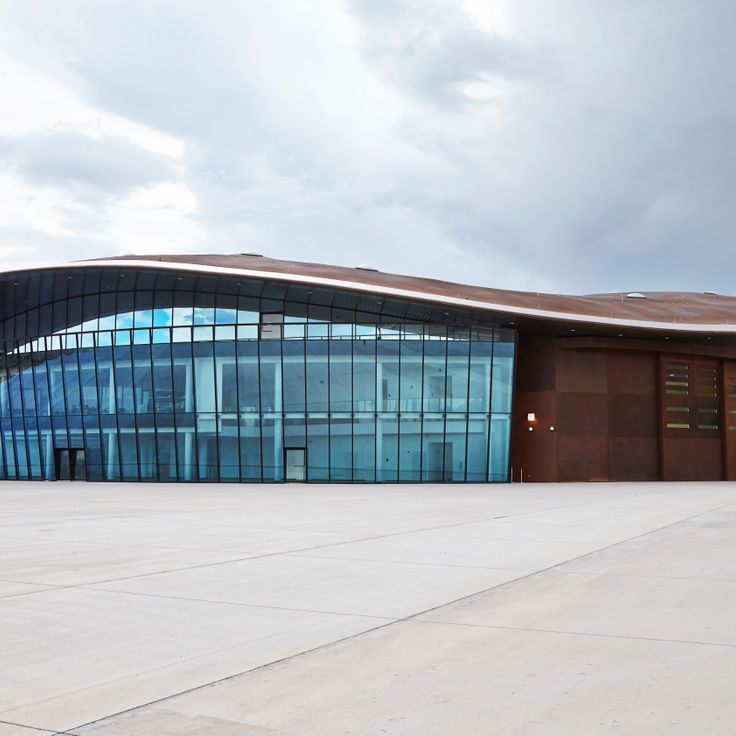
New Mexico, United States
Spaceport America is the world's first purpose-built commercial spaceport. Designed by Foster + Partners, this facility in the New Mexico desert combines terminal, hangar and control center under a curved roof. The structure uses geothermal energy for climate control and maximizes natural daylight. The building's facade integrates with the surrounding desert landscape.
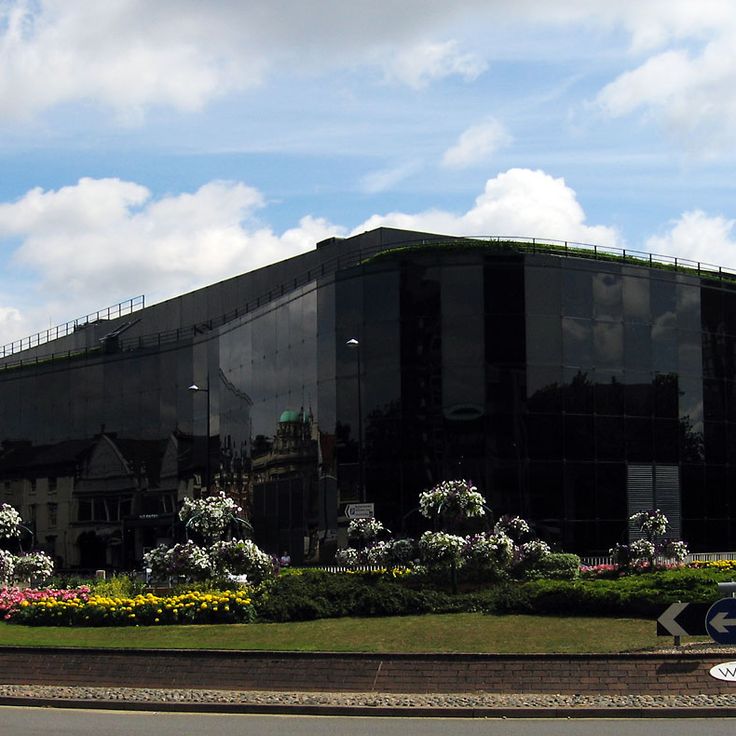
London, United Kingdom
The Willis Building is an office tower located in the heart of the City of London. Constructed between 2005 and 2007, the building rises 125 meters across 28 floors. The facade combines glass and steel in a distinctive design. The tower provides modern office space and contributes to the contemporary architecture of London's financial district.

London, United Kingdom
Bloomberg London comprises two office buildings connected by a bridge. The facades feature bronze and sandstone materials. The complex is located in the financial district of the British capital and serves as the European headquarters for the media company. The architecture combines contemporary elements with traditional materials and integrates into the urban environment.
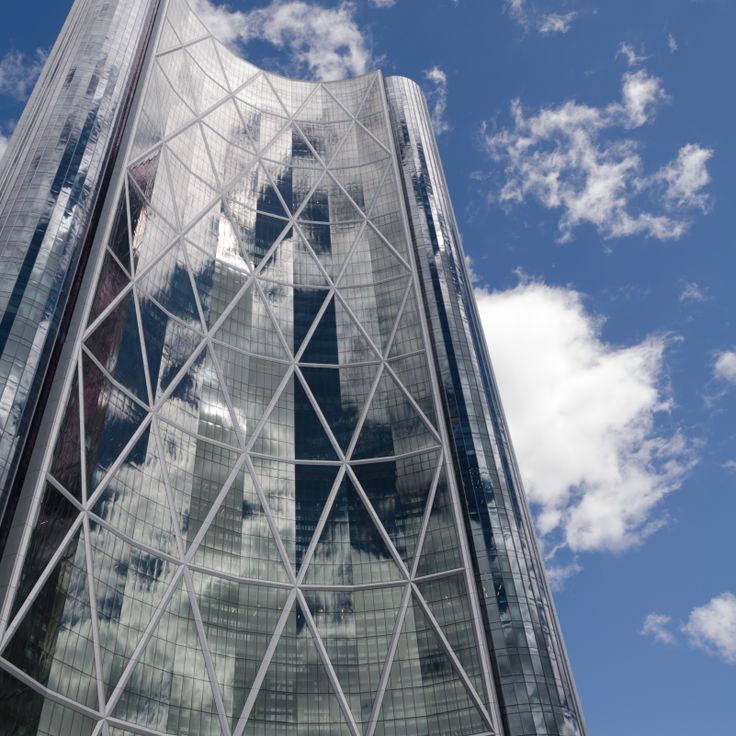
Calgary, Canada
The Bow rises 236 meters above Calgary, forming one of the tallest buildings in Canada outside Toronto. The tower was constructed between 2009 and 2012 following designs by Norman Foster. The curved glass facade follows the path of the Bow River that flows through the city. The building primarily houses offices for energy companies and contains 58 floors. The structure uses a diagonal steel skeleton that supports the characteristic arched form.

Nîmes, France
The Carré d'Art is a contemporary art museum designed by British architect Norman Foster and completed in 1993. The glass facade and steel framework create a deliberate contrast with the Roman temple Maison Carrée from the first century that stands directly opposite. The building houses exhibition spaces across nine floors, a media library, and offers views over the old town of Nîmes from its rooftop terrace.
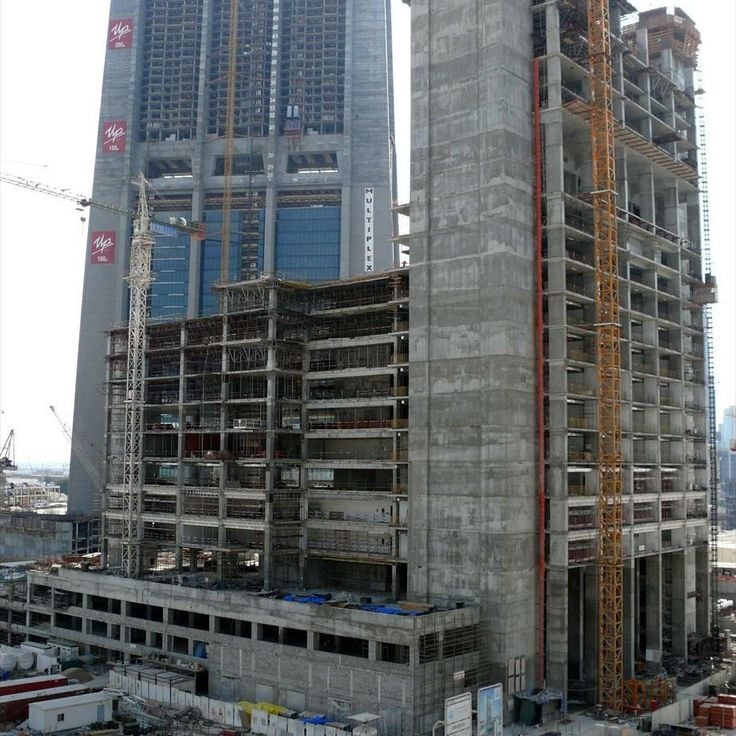
Dubai, United Arab Emirates
The Index is a 326-meter skyscraper in Dubai designed by British architect Norman Foster. Completed in 2010, the tower comprises four separate vertical elements connected by horizontal floor plates. These offset levels create a distinctive architectural form and allow for different uses within the building. The Index houses office spaces, residential apartments, and retail shops. The innovative structure contributes to Dubai's contemporary skyline and demonstrates Foster's approach to high-rise architecture in hot climates.
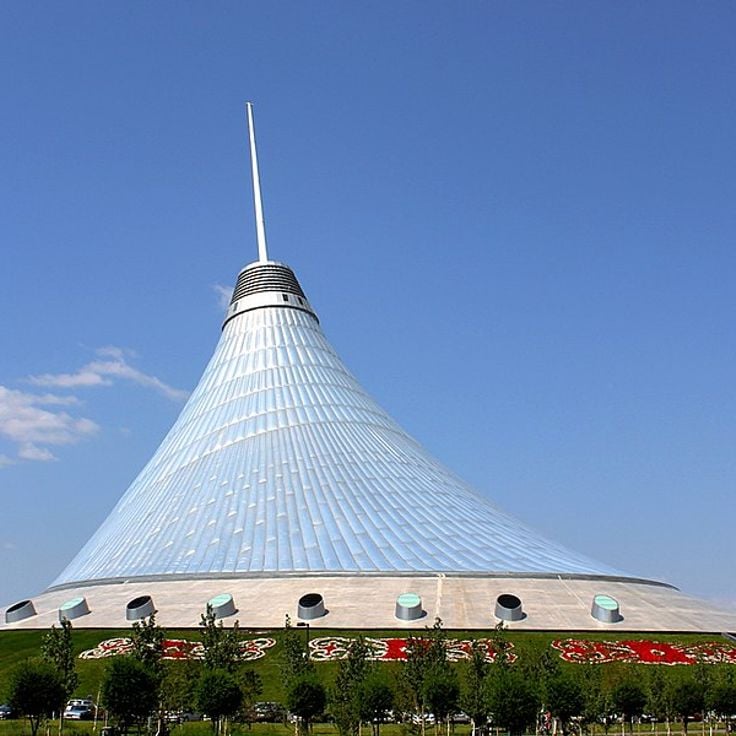
Nur-Sultan, Kazakhstan
The Khan Shatyr Entertainment Center rises 150 meters above the Kazakh capital. Designed by Norman Foster, the construction consists of a steel framework covered with transparent ETFE foil. Inside, visitors find shops, restaurants, cinemas, and recreational facilities. The structure creates a climate-controlled microclimate that maintains comfortable temperatures throughout the year.
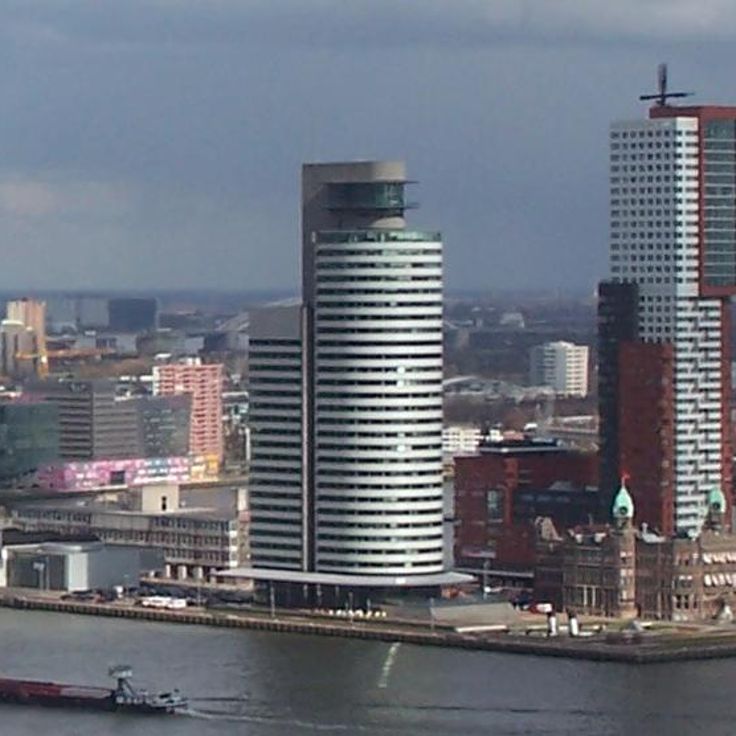
Rotterdam, Netherlands
The World Port Center is a 124-meter office tower with 32 floors, completed in 2000. Designed by Norman Foster, this building serves as the headquarters for Rotterdam's port administration and defines the city's skyline with its contemporary architecture. The tower combines functional office spaces with a distinctive glass and steel facade design.